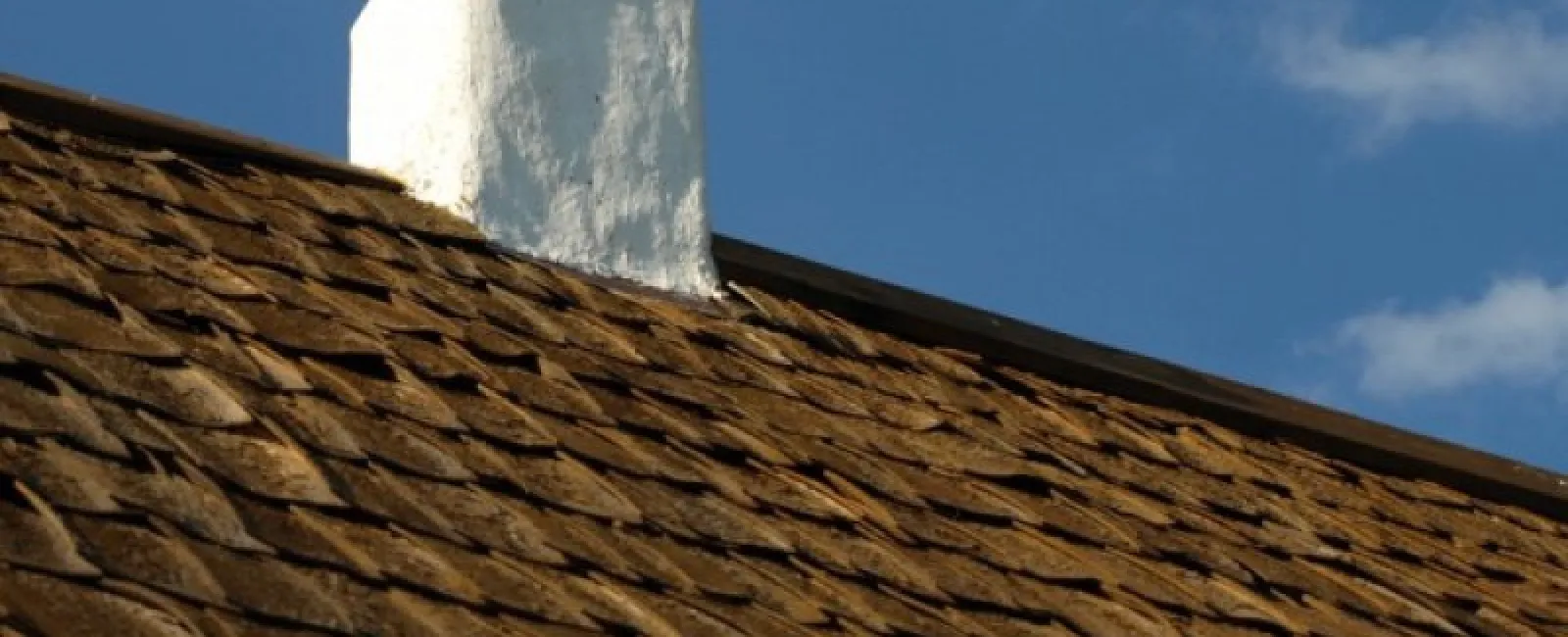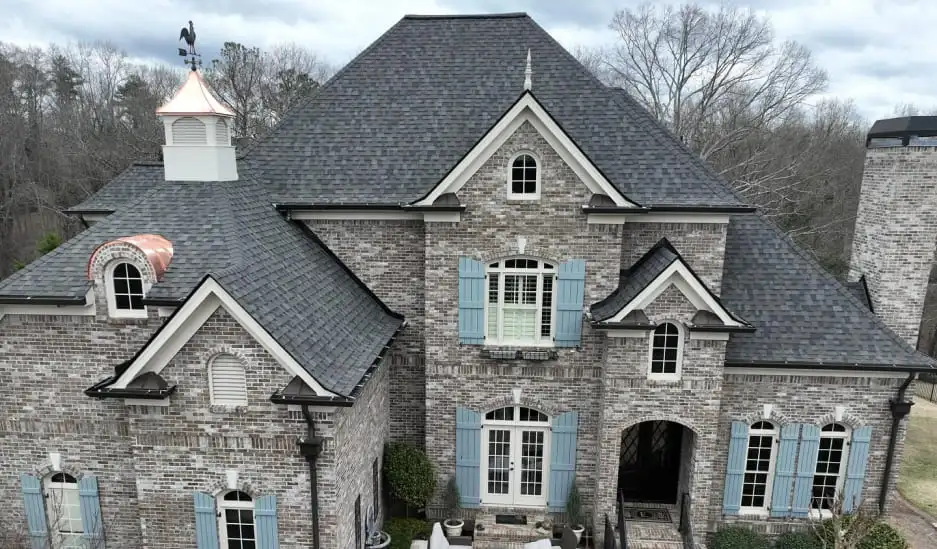When your roof’s shingles start to curl in any direction, it is a symptom of a larger problem. Here are the reasons why shingles begin to curl and how you can address the issue before it spreads to other parts of your home’s roof.
Reasons for curling shingles
The common heat index for a Cobb County summer will have a major impact on your roof without the proper ventilation. As with blistering shingles, the curling effect on shingles can usually be traced to a buildup of heat and moisture. A lack of attic ventilation will create unnecessary stress on your shingles, which shortens the roofing material’s lifespan. Increasing the air flow in your attic is a job that can range from simple to complex, but soffit (intake) vents and ridge (exit) vents make up the standard system for proper ventilation.
In other cases, you might notice shingles starting to curl even when you have the proper venting in your attic. Poor installation by the contractor is another cause of premature curling. A lack of proper adhesives or the wrong type of nail may allow shingles to start weathering and curl upward or downward. Trusting your roof work to only qualified professionals will help you avoid this problem. Other reasons for curling shingles include defective products and the end of the shingle’s useful life.
Repair and prevention
While increasing the air flow in your attic should be a priority, you should address the more pressing problem of damaged shingles first. A qualified roofing contractor will take a look at your roof without stepping on curled shingles to avoid breaking the materials and making matters worse. Sealing curled shingles is possible when the damage is not severe. In other cases, replacing the damaged shingles is the best move to make in getting your roof back in functional shape and looking great.
If your roof has maxed out its useful life and nearly all the shingles are curling, you are likely in need of full roof replacement. Roofs with multiple layers of shingles are more likely to trap heat and force the material to curl sooner than it should. For this reason, opt for shingle removal before a new set of shingles is added over an existing one. Because of warranty issues and other concerns, two layers of shingles are almost never better than one.
Curling shingles suggest your roof is in trouble. Contact a qualified contractor to address the problem and get a practical long-term fix for your roof.
Image source: Flickr



